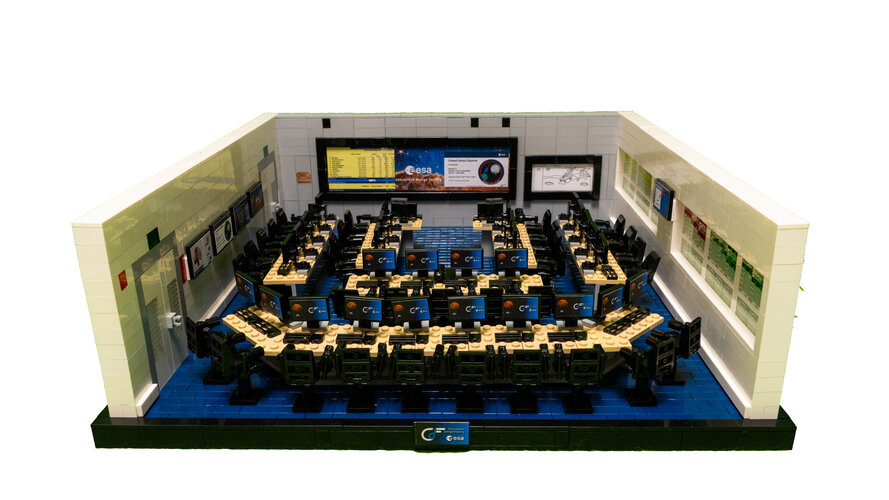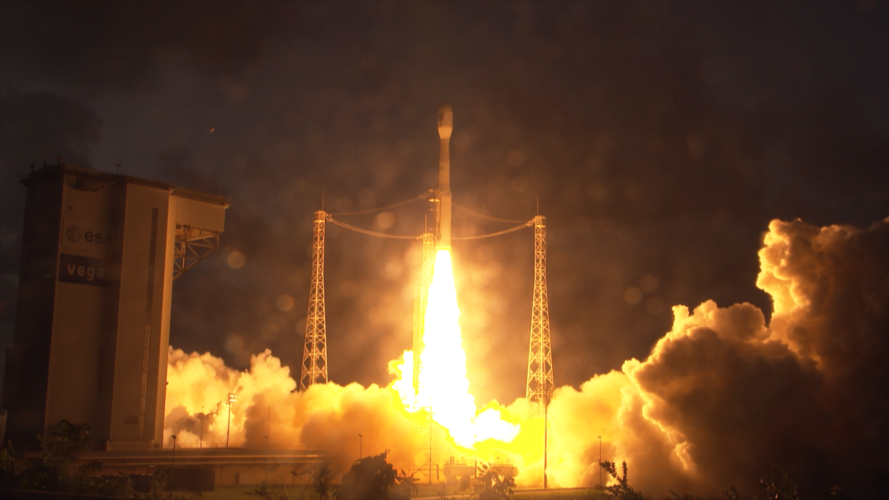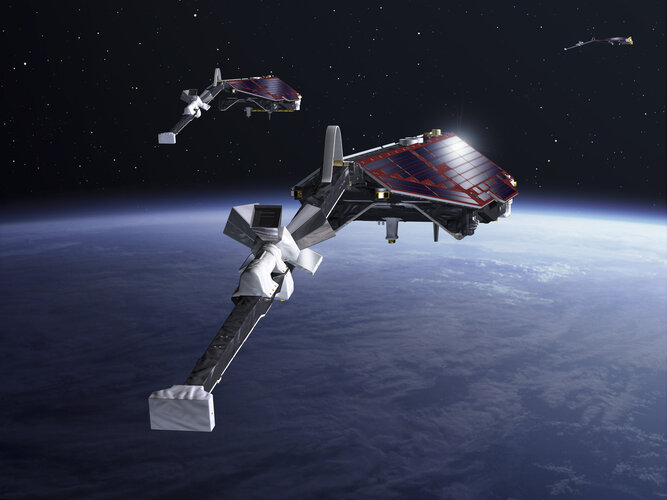
Copernical Team
Space elf on the shelf
 Image:
Space elf on the shelf
Image:
Space elf on the shelf Space design chamber made in LEGO
 Image:
Space design chamber made in LEGO
Image:
Space design chamber made in LEGO NASA eyes launching SPHEREx sky-mapping mission in early 2025
This request seems a bit unusual, so we need to confirm that you're human. Please press and hold the button until it turns completely green. Thank you for your cooperation!
Press and hold the button
If you believe this is an error, please contact our support team.
185.132.36.159 : d008a043-4122-404d-a8a8-ba9b4dcf
A cheap satellite with large fuel tank could scout for interplanetary missions
This request seems a bit unusual, so we need to confirm that you're human. Please press and hold the button until it turns completely green. Thank you for your cooperation!
Press and hold the button
If you believe this is an error, please contact our support team.
185.132.36.159 : b1090402-6ac1-4cad-ba42-a14708d5
Vega-C liftoff and return-to-flight
 Video:
00:04:20
Video:
00:04:20
Relive the Vega-C launch, flight VV25, from various angles.
The third Copernicus Sentinel-1 satellite, Sentinel-1C, has launched aboard a Vega-C rocket, flight VV25, from Europe’s Spaceport in French Guiana. The rocket lifted off on 5 December 2024 at 22:20 CET (18:20 local time).
Sentinel-1C extends the legacy of its predecessors, delivering high-resolution radar imagery to monitor Earth’s changing environment, supporting a diverse range of applications and advance scientific research. Additionally, Sentinel-1C introduces new capabilities for detecting and monitoring maritime traffic.
The launch also marks Vega-C’s ‘return to flight’, a key step in restoring Europe’s independent access to space. Vega-C is the evolution of the Vega family of rockets and delivers increased performance,
Swarm vs. space radiation – the first 10 years

Satellites in orbit can become absentminded. Space radiation randomly flips onboard memory bits, potentially corrupting mission data and functionality. To better understand how this invisible onslaught works in practice, a team systematically analysed how radiation affected the memories of ESA’s three Swarm spacecraft during a decade of mapping Earth’s magnetic field.
Sentinel-1C captures first radar images

Less than a week after its launch, the Copernicus Sentinel-1C satellite has delivered its first radar images of Earth – offering a glimpse into its capabilities for environmental monitoring. These initial images feature regions of interest, including Svalbard in Norway, the Netherlands, and Brussels, Belgium.
XMM-Newton celebrates 25 years of breakthroughs

Today, ESA’s powerful X-ray observatory, XMM-Newton, celebrates 25 years in space. From planets to black holes, the space telescope has delivered many ground-breaking observations of a variety of celestial objects. And the mission is still going strong as recent results testify. We take a look at five fascinating discoveries from the last five years.
China boosts Lunar and Mars mission capabilities with advanced Long March rockets
 China's Long March 10, the next-generation manned launch vehicle, is set to significantly enhance the nation's lunar mission capabilities, increasing its lunar transfer orbit payload capacity from 8.2 tonnes to an impressive 27 tonnes. This development was announced by Long Lehao, a senior rocket designer at the China Academy of Launch Vehicle Technology (CALT).
Long March 10 is designed t
China's Long March 10, the next-generation manned launch vehicle, is set to significantly enhance the nation's lunar mission capabilities, increasing its lunar transfer orbit payload capacity from 8.2 tonnes to an impressive 27 tonnes. This development was announced by Long Lehao, a senior rocket designer at the China Academy of Launch Vehicle Technology (CALT).
Long March 10 is designed t 

 Image:
Sparking Ignis
Image:
Sparking Ignis